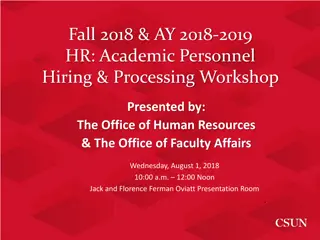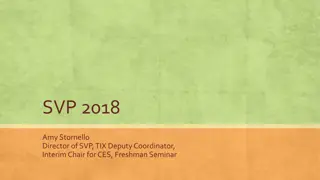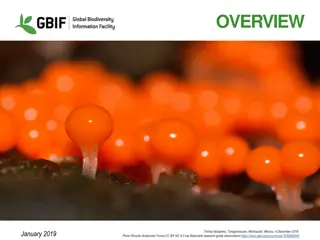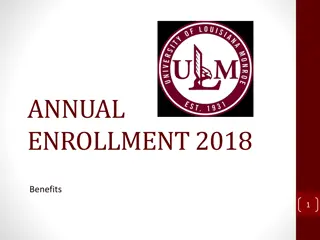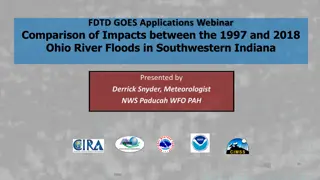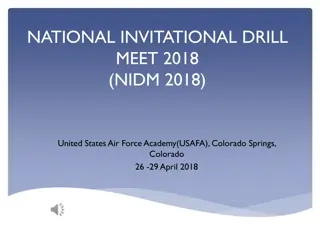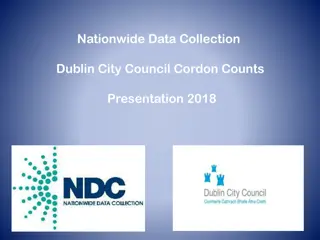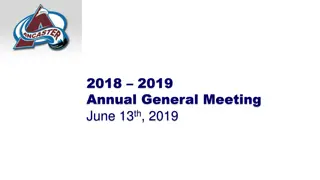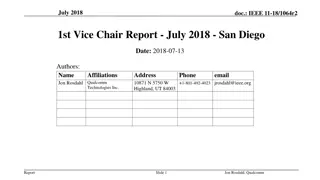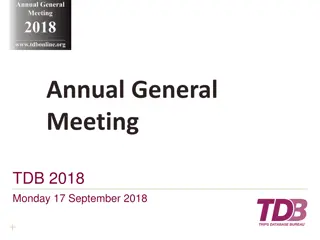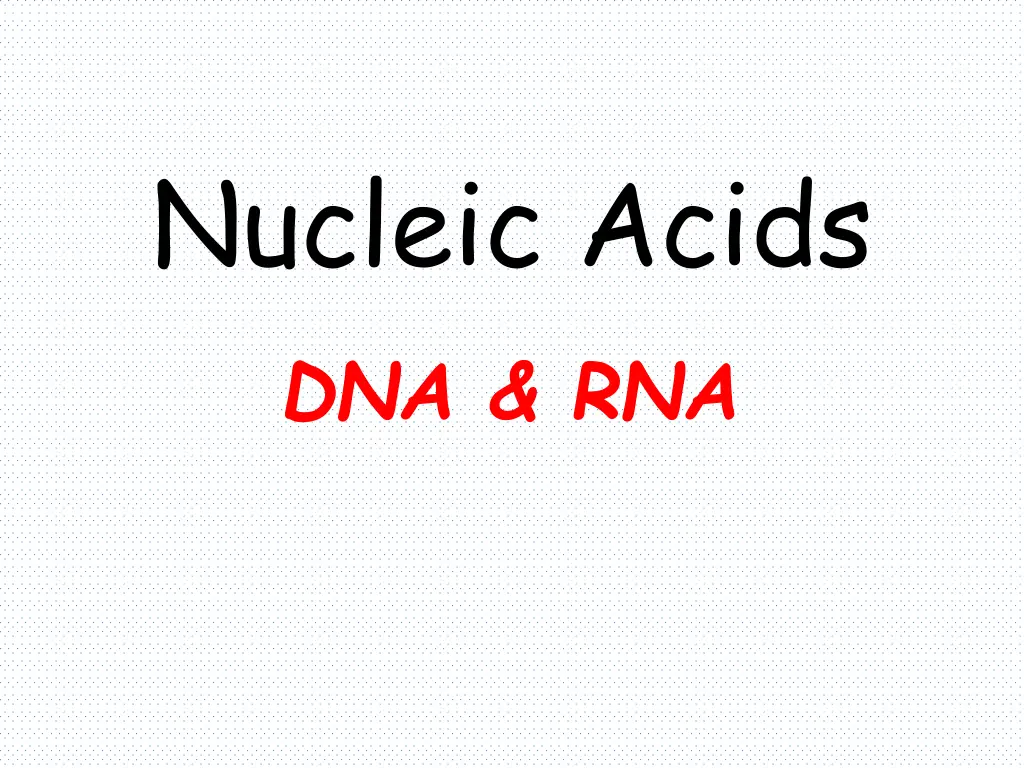
Understanding DNA Replication Process in Cells
Explore the fascinating process of DNA replication in cells, where genetic information is accurately copied to ensure the formation of genetically identical daughter cells during cell division. Learn about the key steps involved, such as unwinding of DNA strands, nucleotide pairing, and proofreading by enzymes. Discover how mutations can occur during DNA replication and the importance of proper chromosome organization in eukaryotic cells.
Download Presentation

Please find below an Image/Link to download the presentation.
The content on the website is provided AS IS for your information and personal use only. It may not be sold, licensed, or shared on other websites without obtaining consent from the author. If you encounter any issues during the download, it is possible that the publisher has removed the file from their server.
You are allowed to download the files provided on this website for personal or commercial use, subject to the condition that they are used lawfully. All files are the property of their respective owners.
The content on the website is provided AS IS for your information and personal use only. It may not be sold, licensed, or shared on other websites without obtaining consent from the author.
E N D
Presentation Transcript
Nucleic Acids DNA & RNA
DNA Replication Cell division involving mitosis produces 2 daughter cells that are genetically identical to each other and genetically identical to the parent cell Remember that for this to happen, DNA in the parent cell must be replicated (copied) before the cell divides this process occurs during Interphase in the cell cycle
replication Before a cell divides, the DNA strands unwind and separate Each strand makes a new partner by adding the appropriate nucleotides The result is that there are now two double-stranded DNA molecules in the nucleus So that when the cell divides, each nucleus contains identical DNA This process is called replication
STEP 1 Hydrogen bonds between base pairs are broken by the enzyme Helicase and DNA molecule unzips DNA molecule separates into complementary halves
STEP 2 Nucleotides match up with complementary bases Free nucleotides abundant in nucleus
STEP 3 Nucleotides are linked into 2 new strands of DNA by the enzyme, polymerase DNA polymerase also proofreads for copying errors New Strand Original Strand
Mutations occur when copying errors cause a change in the sequence of DNA nucleotide bases
Diagram Examples of DNA Replication: (You could see DNA replication represented different ways.)
Storage of DNA In eukaryotic cells (animals, plants, fungi) DNA is stored in the nucleus, which is separated from the rest of the cell by a semipermeable membrane The DNA is only organized into chromosomes during cell replication Between replications, the DNA is stored in a compact ball called chromatin, and is wrapped around proteins called histones to form nucleosomes
DNA Replication When a eukaryotic cell divides, the process is called mitosis - the cell splits into two identical daughter cells - the DNA must be replicated so that each daughter cell has a copy DNA replication involves several processes: - first, the DNA must be unwound, separating the two strands - the single strands then act as templates for synthesis of the new strands, which are complimentary in sequence - bases are added one at a time until two new DNA strands that exactly duplicate the original DNA are produced The process is called semi-conservative replication because one strand of each daughter DNA comes from the parent DNA and one strand is new The energy for the synthesis comes from hydrolysis of phosphate groups as the phosphodiester bonds form between the bases
Schematic representation of the strand separation in duplex DNA resulting from its heat denaturation.
Direction of Replication The enzyme helicase unwinds several sections of parent DNA At each open DNA section, called a replication fork, DNA polymerasecatalyzes the formation of 5 -3 ester bonds of the leading strand The lagging strand, which grows in the 3 -5 direction, is synthesized in short sections called Okazaki fragments The Okazaki fragments are joined by DNA ligase to give a single 3 -5 DNA strand
Ribonucleic Acid (RNA) RNA is much more abundant than DNA There are several important differences between RNA and DNA: - the pentose sugar in RNA is ribose, in DNA it s deoxyribose - in RNA, uracil replaces the base thymine (U pairs with A) - RNA is single stranded while DNA is double stranded - RNA molecules are much smaller than DNA molecules There are three main types of RNA: - ribosomal (rRNA), messenger (mRNA) and transfer (tRNA)
Messenger RNA (mRNA) Its sequence is copied from genetic DNA It travels to ribsosomes, small granular particles in the cytoplasm of a cell where protein synthesis takes place
Ribosomal RNA (rRNA) Ribosomes are a complex of proteins and rRNA The synthesis of proteins from amino acids and ATP occurs in the ribosome The rRNA provides both structure and catalysis
Transfer RNA (tRNA) Transports amino acids to the ribosomes where they are joined together to make proteins There is a specific tRNA for each amino acid Recognition of the tRNA at the anti- codon communicates which amino acid is attached
Transfer RNA Transfer RNA translates the genetic code from the messenger RNA and brings specific amino acids to the ribosome for protein synthesis Each amino acid is recognized by one or more specific tRNA tRNA has a tertiary structure that is L-shaped - one end attaches to the amino acid and the other binds to the mRNA by a 3-base complimentary sequence
Ribosomal RNA and Messenger RNA Ribosomes are the sites of protein synthesis - they consist of ribosomal DNA (65%) and proteins (35%) - they have two subunits, a large one and a small one Messenger RNA carries the genetic code to the ribosomes - they are strands of RNA that are complementary to the DNA of the gene for the protein to be synthesized

